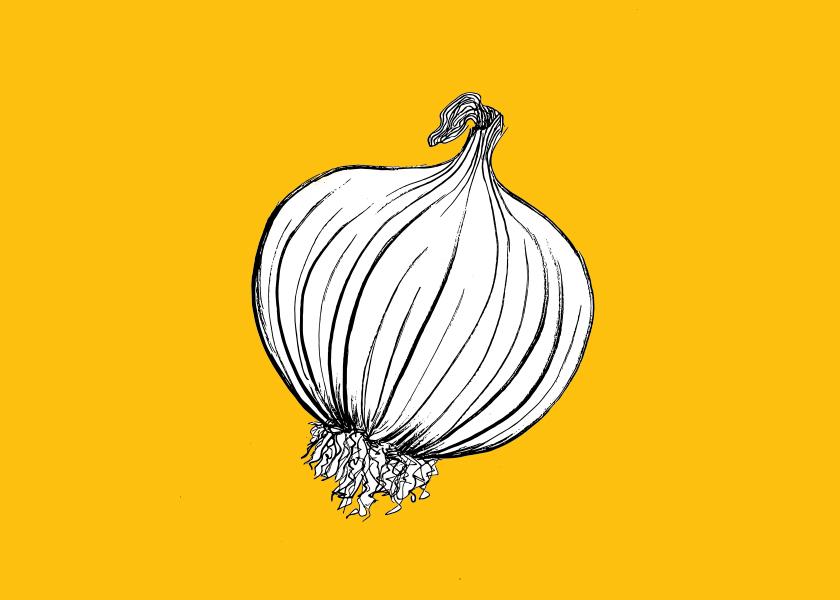Peel Back The Onion: Understand Your Business's Trajectory

In ag retail, there are aspects that can be controlled, and for everything else—all the uncontrollable elements—there’s risk management.
One example on the forefront this spring is fertilizer pricing as the typical price for fall versus spring bulk fertilizer is inverted.
“This year, most everyone will have inventory they will have to write down,” says Brad Oelmann, president at Farrell Growth Group. From his conversations with retailers, the pill that needs to be swallowed will not be as big as it was in 2008/09, but it could be impactful.
“What’s putting a finer point on this is we are coming off of record-high profitability in 2022,” Oelmann says.
Oelmann is encouraging ag retailers to do a simple benchmarking exercise as a shot of reality. As such, he advises that you take your 2022 financials and apply these assumptions for the next three years:
- Wages go up 20%.
- Interest go up 50%.
- Product margins go back to 2020 levels.
The results can be humbling.
“That simple exercise took the average retailer from profitable to break even,” Oelmann says.
Hypothetical vs. Reality
“Too many people go year to year and don’t think about even three years out,” Oelmann says.
The three areas of business reflected in those assumptions—wages, interest and product margins—provide a jumping off point for thinking how you can adjust your business and succeed.
Reflecting on current wages, Oelmann says they have increased largely due to pressure to find people and the demand to provide competitive offers.
Regarding interest, when Oelmann ran this exercise in 2021, a 50% increase was conservative. Now, he says everyone is feeling the interest impact on their operating loans.
Retailers push back the most on the third item—the fluctuations in product margins—according to Oelmann.
“Let’s peel back the onion. Something has to change in your value proposition to the grower to keep increasing product margins. Too many farmers are trying to unbundle products and services and are looking for more transparency. It is important to address that when you think about how to go to market. So much new technology coming will create more efficiencies in product use. This will have an impact on the volumes sold. Somehow, you have to get more value for services,” he says.
He also highlights while margins are falling, expenses are rising with the increased costs for application equipment and fuel.
Next Steps
Moving forward, every retailer can take a few actions.
“If you have yet to deploy strategies to deal with volatility, do it now. You can’t dictate the price of fertilizer, but you can have a risk management plan,” Oelmann says.
He also suggests to focus on employees, as they are a key driver of your value proposition.
“For example, give time off for Father’s Day and Mother’s Day. We can’t chase off people with 18-hour work days for three months straight,” he says.
Continue to look for ways you are different and better than competitors. Then, emphasize those when you talk with customers. He also says it’s worth investigating how your services are valued by customers.
“We undervalue operations in-season and the logistics farmers count on. Perhaps there are ways to push margins in-season because of the value they bring. Now is the time to explore such options and how they could be a fit for your business,” he says.







